Mastering the Headstand Pose (Sirsasana): A Complete Guide
Soham Yoga School Rishikesh, India
The Art of Conquering the Headstand
The Headstand, known as Sirsasana, is often celebrated as the “King of Asanas” for its multitude of benefits for both body and mind. This invigorating pose involves inverting the body with the head firmly on the ground and legs extending upward. While it may seem intimidating, with patience, practice, and proper guidance, mastering the Headstand can be a deeply rewarding experience.
Mastering the Headstand Pose (Sirsasana): A Complete Guide
How to Perform the Headstand Pose (Sirsasana)
Preparation:
- Begin by kneeling on your yoga mat.
- Interlace your fingers and place them on the mat, forming a stable base.
Setting the Foundation:
- Rest the crown of your head on the mat, ensuring the back of your head is supported by your hands.
- Tuck your toes and lift your hips into a downward-facing dog position.
Approaching Inversion:
- Slowly walk your feet closer to your hands, bringing your hips over your shoulders.
- Bend one knee and draw it towards your chest, engaging your core.
Lifting into the Pose:
- Lift the opposite leg off the ground, pressing firmly into your forearms.
- Engage your core and lift the second leg, extending both legs towards the ceiling.
Maintaining Balance:
- Engage your inner thighs and lengthen through your heels.
- Keep your gaze soft and steady, focusing on a point between your hands.
Holding the Pose:
- Hold the pose for 5-10 breaths, gradually increasing the duration as you build strength and stability.
Exiting the Pose:
- To release, bend your knees and lower one leg at a time back to the ground.
- Rest in child’s pose or corpse pose for a few breaths to allow your body to recover.
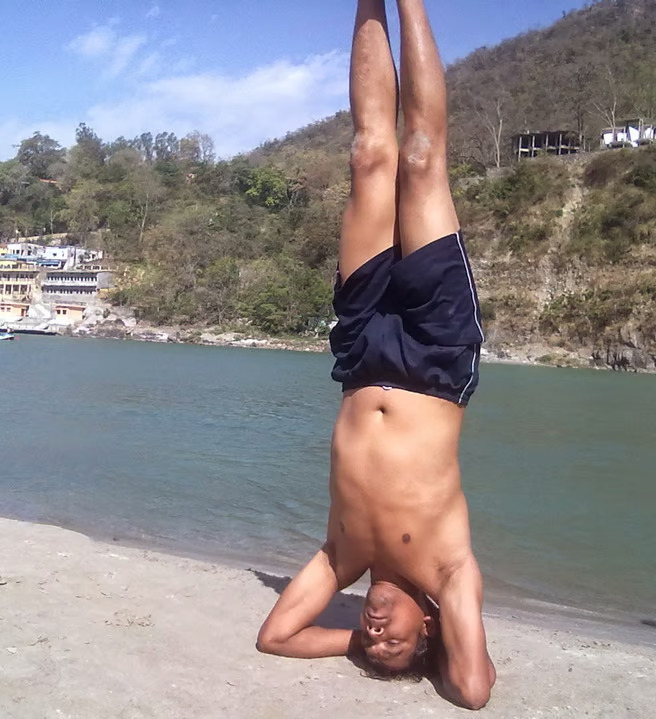
Benefits of the Headstand Pose (Sirsasana):
Benefits of the Headstand Pose (Sirsasana)
Improves Circulation:
- Reverses the flow of blood and lymphatic fluid, benefiting the cardiovascular and immune systems.
Strengthens Upper Body:
- Enhances strength in the shoulders, arms, and upper back, promoting better posture and reducing the risk of shoulder injuries.
Enhances Core Stability:
- Supports overall spinal health and prevents lower back pain through core engagement.
Stimulates Glands:
- Activates the pituitary and pineal glands, promoting hormonal balance.
Boosts Mental Clarity:
- Increases focus, concentration, and mental clarity, reducing stress and anxiety.
Increases Energy:
- Promotes a sense of rejuvenation and vitality.
Improves Balance:
- Develops balance and proprioception, enhancing coordination and body awareness.
Contraindications and Modifications:
Avoid if Injured:
- Do not practice if you have neck injuries, high blood pressure, or glaucoma.
Pregnancy:
- Pregnant individuals should avoid headstands as they may put pressure on the abdomen and affect blood circulation.
Support for Beginners:
- Practice with the support of a wall if you’re new to headstands or have limited strength or stability.
Use Props:
- Place a folded blanket or extra yoga mat under your head for cushioning.
Gradual Progression:
- If lifting both legs at once is challenging, practice one-legged variations or strengthen with poses like dolphin pose and forearm plank.
Conclusion
The Headstand pose, or Sirsasana, offers a transformative yoga experience with numerous physical, mental, and emotional benefits. By practicing mindfully and with proper alignment, you can safely explore this revered asana. Whether you aim to strengthen your body, calm your mind, or deepen your yoga practice, the Headstand has much to offer. Remember to listen to your body, respect your limitations, and approach your practice with patience, perseverance, and mindfulness.
Explore Our Range of Upcoming Yoga Training Courses Rishikesh
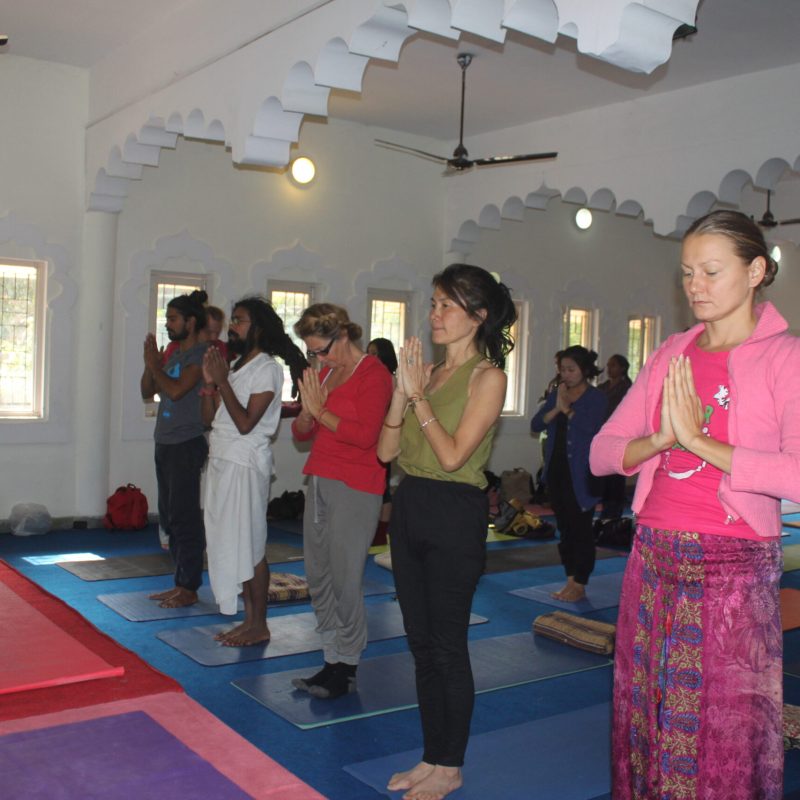
100 Hour Yoga Teacher Training in Rishikesh (India)
Duration: 14 Days
Module: Residential with Meal
Accommodation: Shared Room
Certification: Yoga Alliance USA
Course Fee: 699 USD
Yoga Style: Hatha Yoga
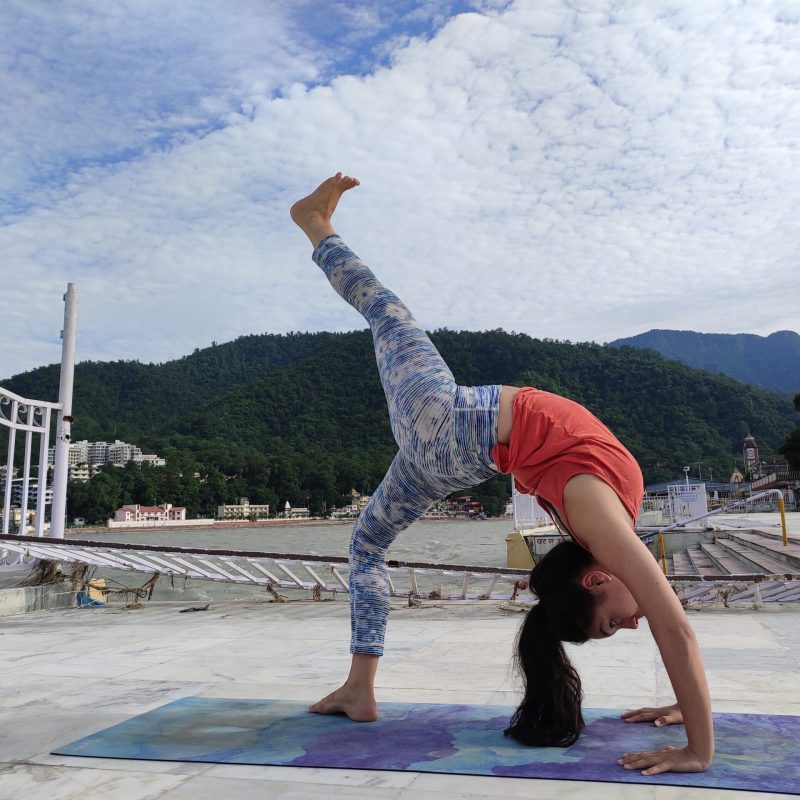
200 Hour Yoga Teacher Training in Rishikesh (India)
Duration: 25 Days
Module: Residential with Meal
Accommodation: Shared Room
Certification: Yoga Alliance USA
Course Fee: 999 USD
Yoga Style: Hatha Yoga
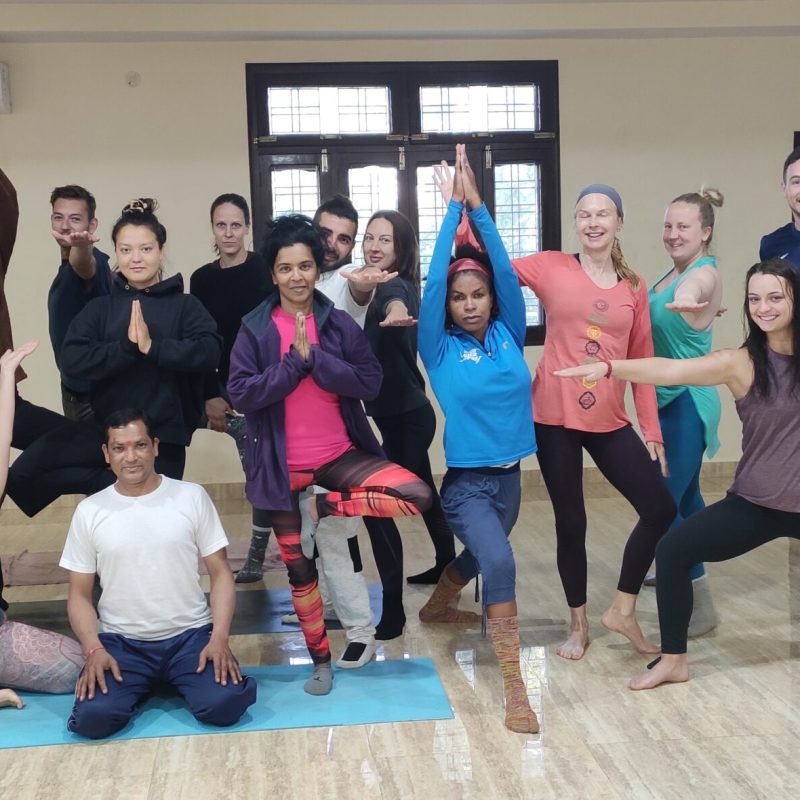
300 Hour Yoga Teacher Training in Rishikesh (India)
Duration: 28 Days
Module: Residential with Meal
Accommodation: Shared Room
Certification: Yoga Alliance USA
Course Fee: 1349 USD
Yoga Style: Hatha Yoga
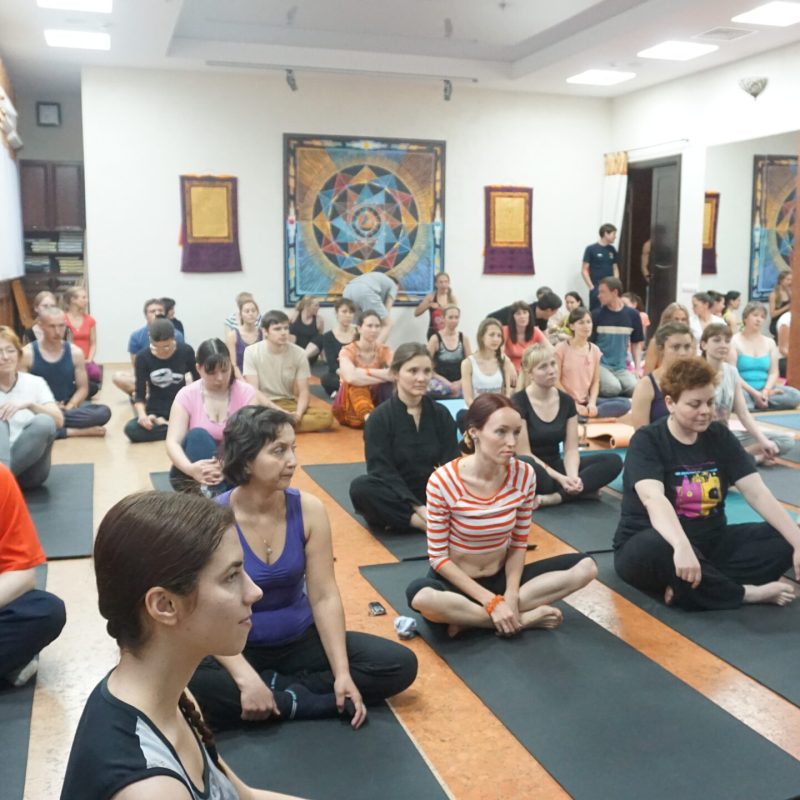
500 Hour Yoga Teacher Training in Rishikesh (India)
Duration: 55 Days
Module: Residential with Meal
Accommodation: Shared Room
Certification: Yoga Alliance USA
Course Fee: 2699 USD
Yoga Style: Hatha Yoga
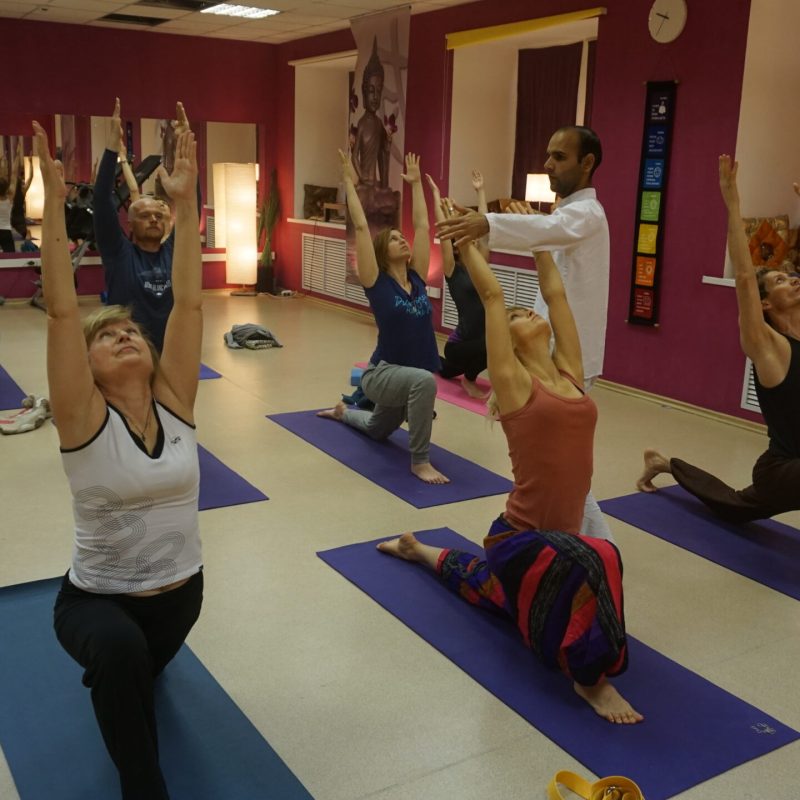
07 Days Yoga Retreats in Rishikesh (India)
Duration: 07 Days
Module: Residential with Meal
Accommodation: Shared Room
Certification: Yoga School
Course Fee: 499 USD
Style: Yoga Retreats

10 Days Yoga Retreats in Rishikesh (India)
Duration: 10 Days
Module: Residential with Meal
Accommodation: Shared Room
Certification: Yoga School
Course Fee: 649 USD
Style: Yoga Retreats
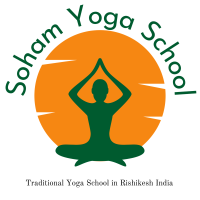
Nestled in Rishikesh, Soham Yoga School offers Yoga Alliance certified teacher training programs in Hatha and Ashtanga yoga styles. Emphasizing meditation, pranayama, “and” yoga philosophy, each course—from “100” to “500” hours—promises deep learning “and” personal growth. With comfortable accommodation “and” nutritious meals, graduates gain internationally recognized certifications “and” profound yoga knowledge.
